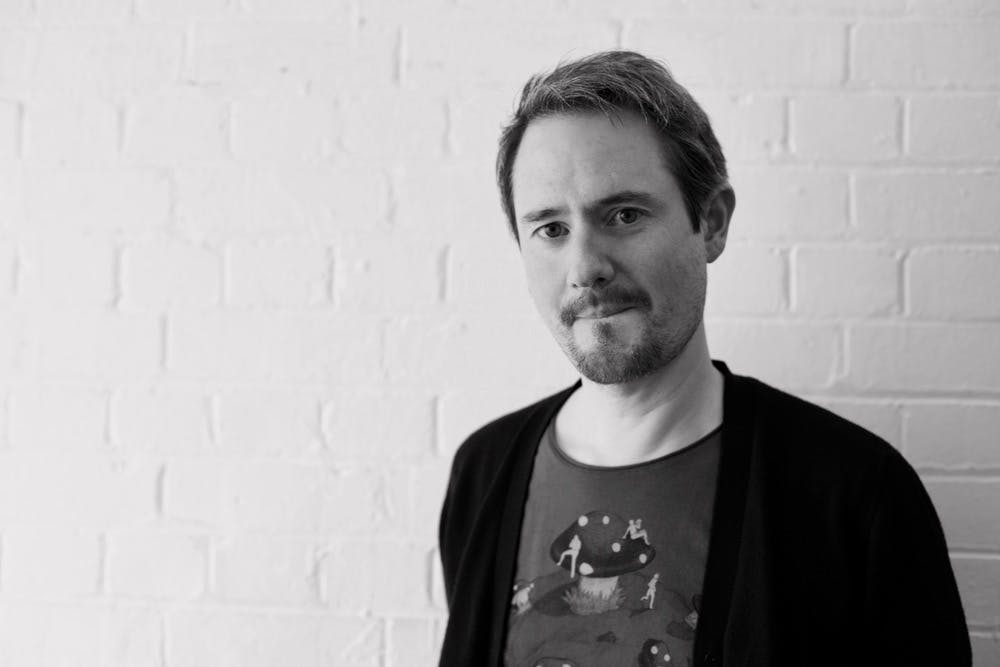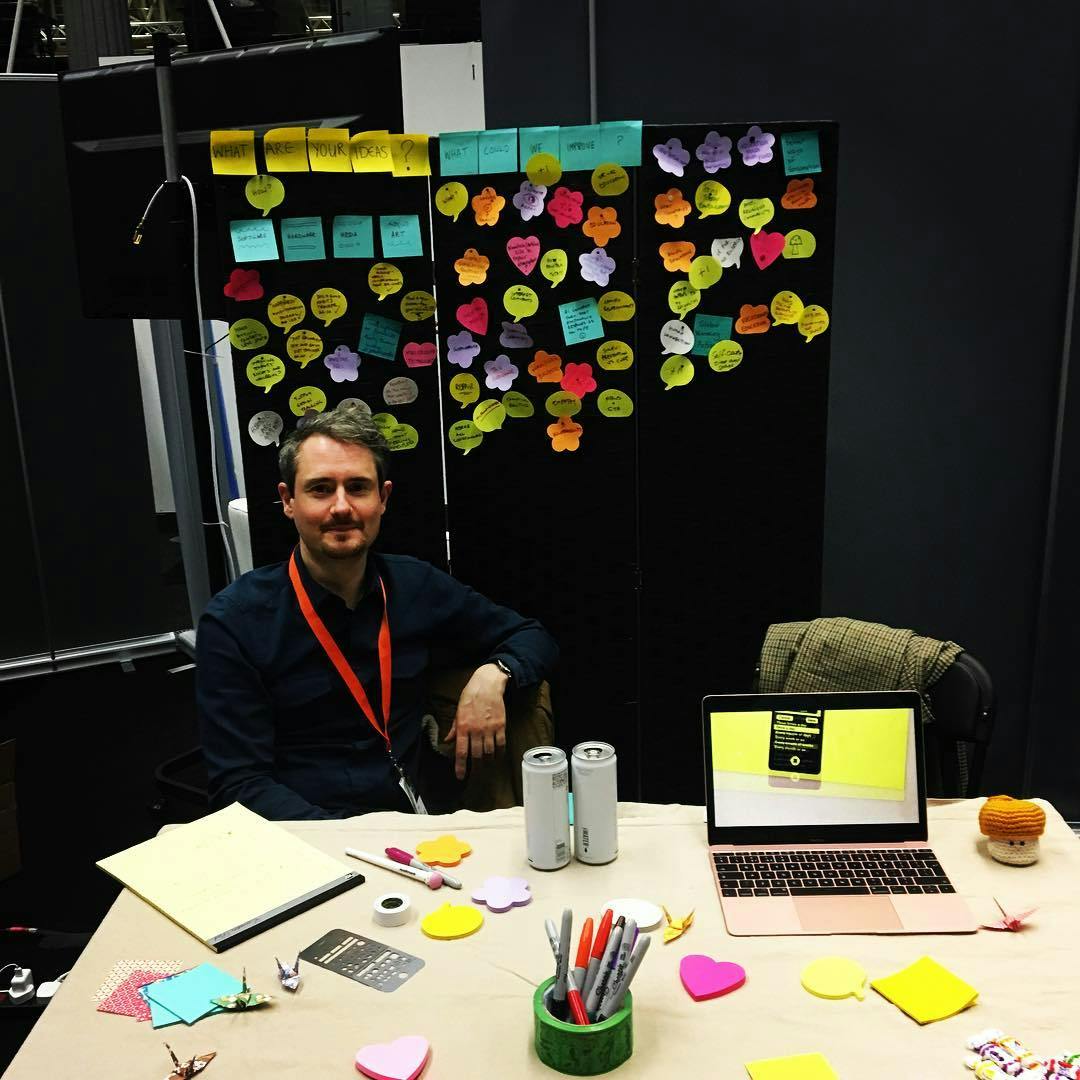Everyone with a smartphone knows just how handy apps can be towards managing our busy lives.
Creative Edinburgh Premium Member, Michael Forrest, knows this better than most. As the director of app shop and consultancy, Good To Hear, his work is devoted to creative and data-driven solutions designed to help improve our lives. We managed to squeeze in an interview with him - right before his baby was born! - to find out more about his practice.
Why did you get into the creative industries? Have you known you were creative since you were a kid?
I started programming on a Commodore 64 and my grandparents’ 086 PC when I was 8 years old, around the same time I got interested in electronic music production (the first time I saw a sampling keyboard my mind was blown). This was in the mid-1980’s and things have changed a lot, but I’ve always been interested in the creative and problem-solving potential of technology.
My first “app” was made of wood with a circuit board full of LEDs. I set the weekday and it told me what I had to bring to school.
My plan as a teenager was to make my fortune as a musician before solving humanity’s biggest problems with nanotechnology. Since then I’ve seen billionaire “philanthropy” up-close enough to realise that it’s not the answer, so my ambitions have been tempered.
I think the reason I got into the creative industries - digital agencies doing software development and design - was the ability to enter a flow state on a daily basis. I like building software because the outcome is less subjective than a piece of art, music or prose. I can get engrossed in solving a problem and I love the spark of satisfaction that comes from figuring out how to make something work. It makes you feel clever like nothing else!
Tell us about Good To Hear. How did you get started?
I created Good To Hear Ltd in 2011. I chose the name as something that could apply to consultancy, my own products or music. For the first few years I was mostly doing freelance work for agencies and startups, building and promoting my own productivity and mental health apps (and running live music events) on the side.
Contract work - solving problems for clients and working with other creatives - has always been fundamental to my professional development, but it always felt like it was taking time away from my ability to focus on my own projects. But my day rate made any profits from app sales feel negligible.
In 2019 I decided to quit contracting cold turkey and give my business a real shot. I spent nearly a year working on a beautifully branded mood tracking app, with loads of fancy features like augmented reality charts. Then just as I launched it, COVID hit. The app suddenly seemed irrelevant. But then a different app, something that I’d spent an afternoon building back in 2015, exploded, saving me from total failure. This was my first lesson in business, and took me a long time to understand.
Since then I’ve been gradually getting the hang of business and marketing. This mostly means talking to my users as much as possible and making sure I’m helping them to solve real problems. I’ll talk to someone, have an idea, put it together in a few days and see what sticks. Instead of spending several months in hiding, before launching to a disinterested public, I’m having a lot of fun and my business has been starting to grow.
What is your favourite app that you’ve developed and why?
CueCam Presenter ties together all the work I’ve been doing over the past few years with Shoot, Video Pencil and squares.tv. It’s a way to bring content into video calls without having to share your screen. It’s a presentation tool for the remote video age and lets you use your iPhone as a webcam and teleprompter, and draw on your camera using your iPad.
One reason it’s my favourite is because it’s taken just about everything I’ve ever learned about design, programming (and business) to create. I’ve had to use a lot of advanced graphics, networking and audio frameworks to make it work - it’s really been difficult, which makes it all the more satisfying that it works so well.
The other reason is that it makes running my live streams and video calls really easy. Everything I do on a webcam looks way more professional than it should!

